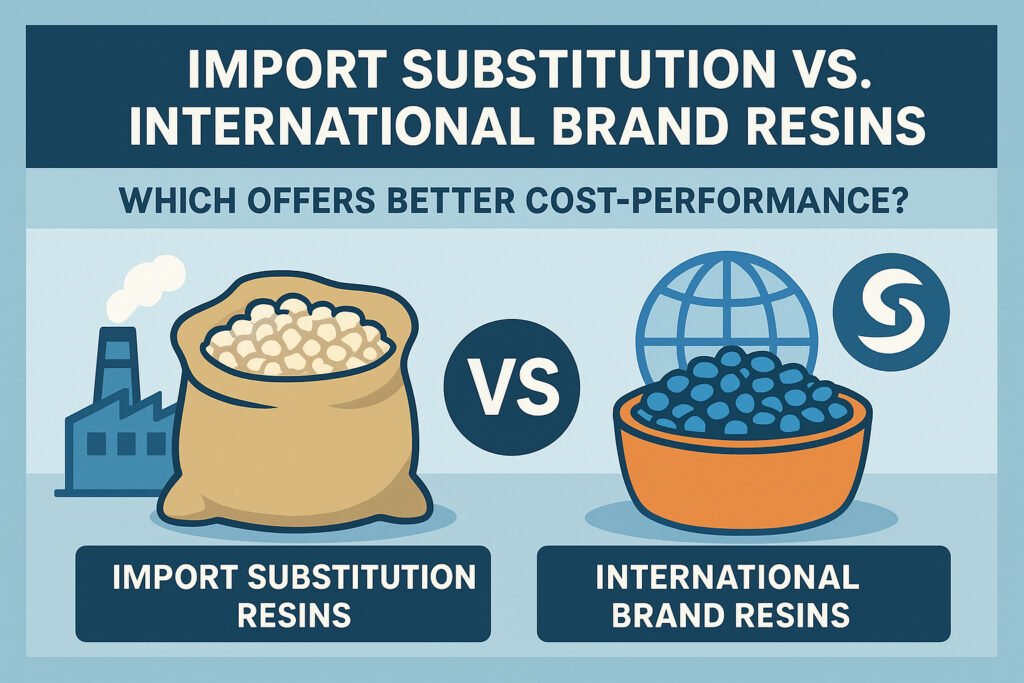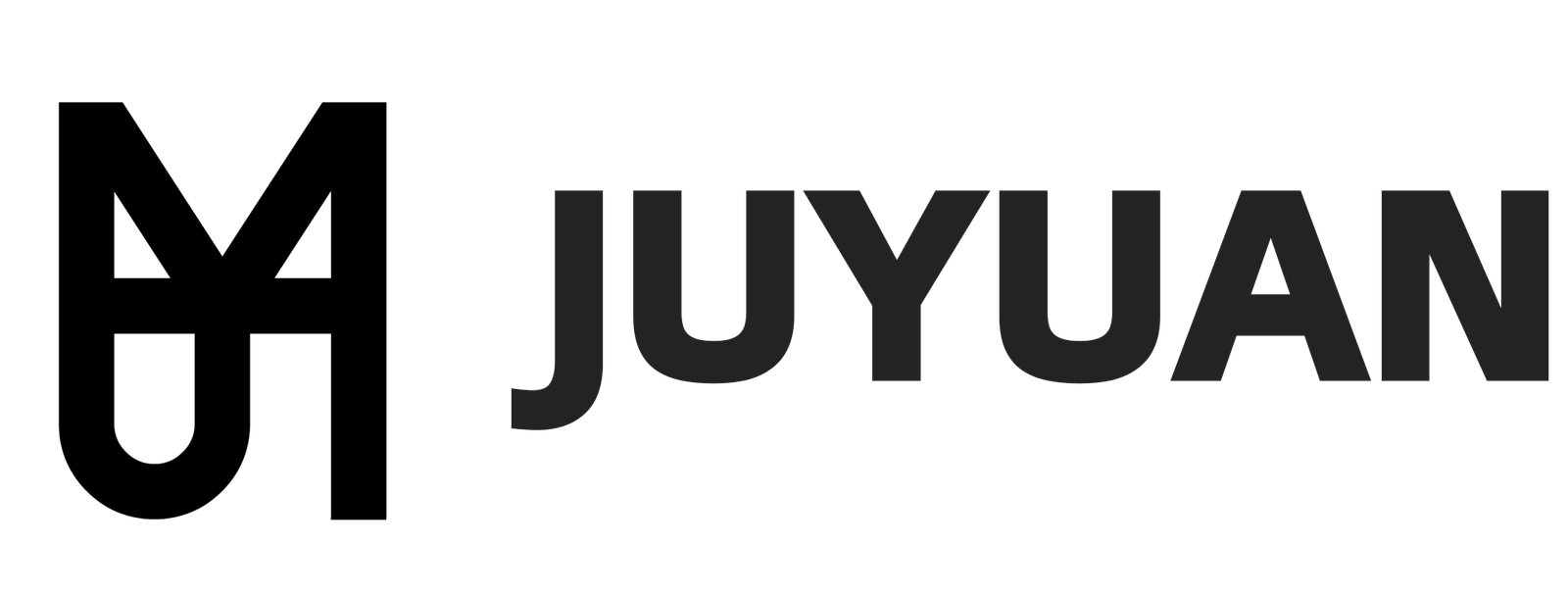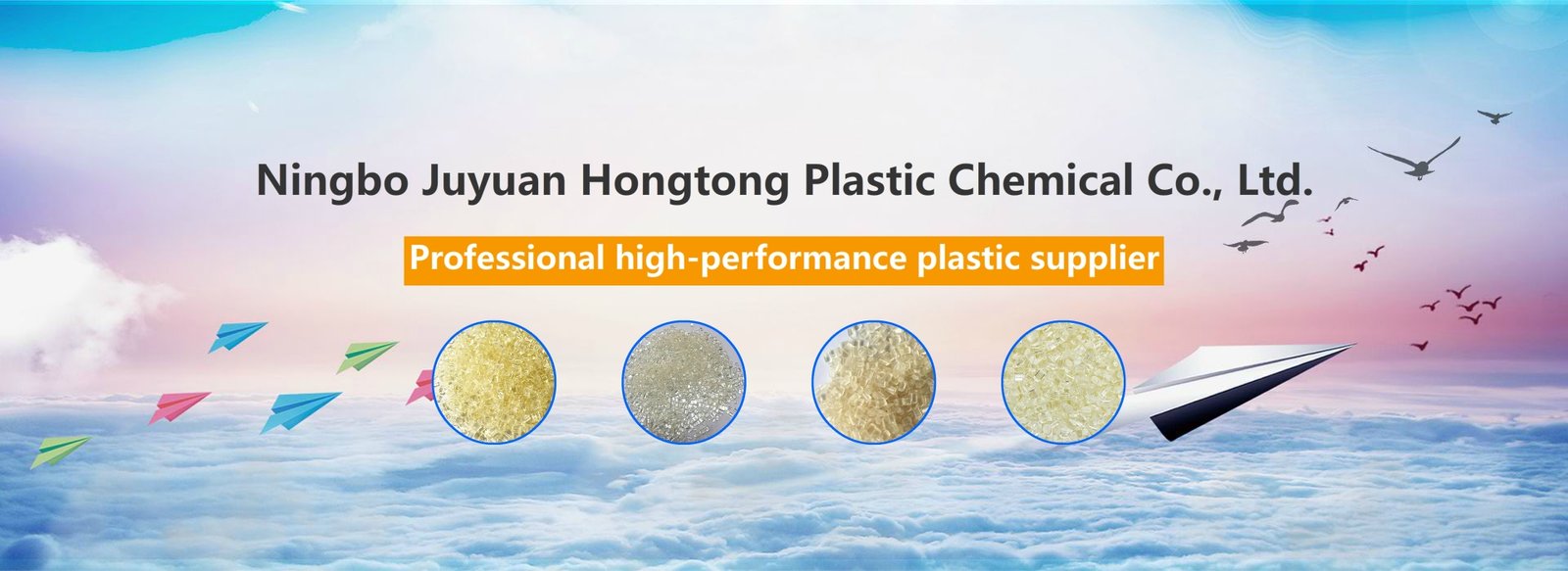Against the backdrop of the accelerated transformation of the global manufacturing industry, the plastic raw material market is undergoing a "reconstruction of price/performance."
On the one hand, international brand materials have long dominated, thanks to their high stability and global recognition. On the other hand, domestic and local brands of import-substituting materials are on the rise, gradually gaining market share thanks to cost, flexibility, and policy dividends.
For international buyers, how to strike a balance between the two will be a key issue in plastics supply chain management in 2025.

I. Core Dimension Comparison: Import Substitution Materials vs. International Brand Materials
We break down "price/performance" into several key dimensions and conduct a systematic assessment:
| Dimension | International Brand Resins — Advantages / Challenges | Import Substitution Resins (Domestic or Local Brands) — Advantages / Challenges |
| Unit Price / Raw Material Cost | Higher prices due to brand premium and R&D costs; sensitive to currency and freight fluctuations | More competitive pricing; proximity to feedstock sources; lower logistics and tariff costs |
| Quality Stability / Consistency | Mature quality control systems, minimal batch variation, highly stable | Quality may vary among smaller producers, though leading local brands have improved consistency significantly |
| Technical Support / R&D Capability | Strong technical teams and modification expertise | Rapidly improving R&D; some brands now offer customized compounding services |
| Certification / Brand Trust | Easier to pass certification and gain customer trust in medical, food, and automotive sectors | Certification systems developing fast; some brands already UL, FDA, or RoHS certified |
| Supply Chain Risk / Logistics Cost | Exposed to import cycles, currency shifts, duties, and transport risks | Local supply offers shorter lead times, flexible inventory, and better control |
| Policy & Market Drivers | Influenced by global oil prices and trade barriers | Supported by local government policies encouraging substitution, green manufacturing, and recycling |
| Technical Barriers / Specialty Performance | More advanced in high-temperature, high-strength, and chemical-resistant materials | Domestic resins can now replace general-purpose and mid-range engineering plastics; still catching up in high-end grades |
| After-Sales & Risk Management | Strong brand reputation and established after-sales systems | Smaller suppliers may present higher risks; reliable partnerships are essential |
II. Market Trend: From "Brand Trust" to "Performance Trust"
For the past decade, international brand materials have been virtually the "default" choice for high-end manufacturing.
However, in recent years, amidst the global supply chain rebalancing, the rise of import substitution materials has become a significant trend.
1. Accelerating Domestic Substitution
In China and Asia, domestic brands are replacing imports for a variety of high-performance plastics (such as PCTG, pharmaceutical packaging, barrier packaging, and PC modified materials).
A growing number of local companies have achieved ISO, UL, and REACH certifications and are being accepted by international customers for mid- to high-end applications.
2. Cost and Raw Material Fluctuations
International plastic prices are highly correlated with oil prices, shipping rates, and tariffs. Frequent fluctuations in recent years have posed challenges for buyers in controlling costs.
In contrast, local raw material manufacturers can mitigate supply risks and enhance supply chain resilience through flexible production and inventory strategies.
3. International Brands' Moat Remains
International brands maintain their advantages in applications such as high-end medical, automotive electronics, and high-temperature structural parts. Their long-standing technological expertise, sophisticated formulation systems, and global service networks make them difficult for alternative materials to fully surpass in the short term.
4. Policy and Environmental Protection Benefits
"Independent control," "green manufacturing," and "circular economy" have become global consensus. Governments around the world generally support local production and recycling, creating policy space and market dividends for import substitution materials.
III. Application Scenario Analysis: When to Choose Import Substitution? When to Retain International Materials?
| Приложение | Recommended Choice | Rationale |
| Consumer goods, packaging, electronics housings | Prefer import substitution materials | Controlled performance requirements; cost-sensitive segments where local materials excel |
| Automotive structural and precision components | Prefer international brand resins | Higher demands for dimensional stability and heat resistance; global brand reliability |
| Pilot projects / small-batch validation | Hybrid strategy | Start with branded resins for testing, then introduce substitutes to optimize cost |
| High price volatility or low-margin product lines | Prefer domestic alternatives | Helps control production cost and delivery risks |
| Government procurement / subsidy-supported projects | Prefer local materials | Policy and tax incentives improve project competitiveness |
IV. Procurement Strategy Recommendations
Establish a "Performance-Cost" Balance Model
Rather than blindly comparing prices, focus on material performance indicators and calculate the "performance/cost" ratio to select a truly cost-effective solution.
Tiered Usage Strategy
Use international materials for core components and import substitution for auxiliary components to achieve a balance between performance and cost.
Supplier Selection and Quality Assurance System
Suppliers of imported substitution materials must possess stable formulations, third-party certifications, and strong after-sales service.
Focus on Long-Term Policies and Supply Trends
Import substitution policies, circular economy standards, and green certifications will influence material selection in the long term.
V. Juyuans' Viewpoint: Balance is the Key to Future Competitiveness
Competition for plastic raw materials is shifting from "brand competition" to "system competition." During this process, traders who can offer both international brand materials and high-quality imported alternatives will be better able to meet customers' diverse needs regarding cost, performance, and delivery time.
Juyuans is committed to providing global customers with one-stop solutions covering general-purpose resins, engineering plastics, and specialty modified materials.
Our supply system integrates international brand materials (such as Sabic, BASF, and Sumitomo) with rigorously screened, cost-effective alternatives, enabling customers to find the optimal balance between cost and performance for any application.
Amidst the fragmented global plastics market, Juyuans helps you make smarter material choices.

